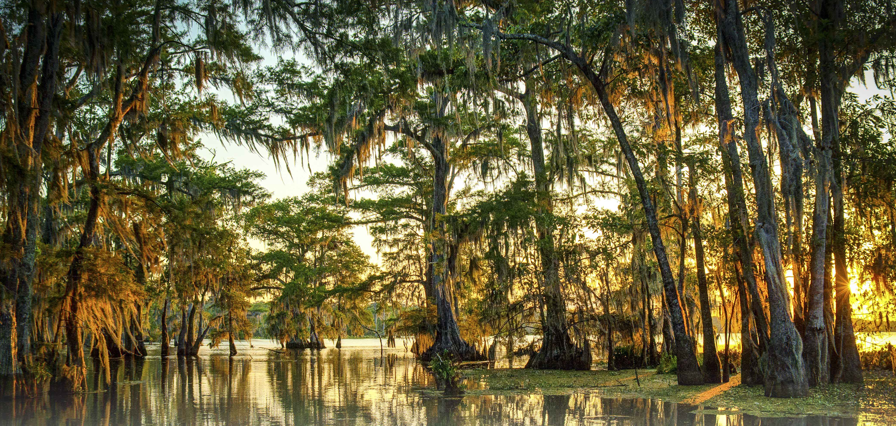World Wetlands Day: Call for action to protect wet habitats for a sustainable future

Widespread loss of marshes, swamps, riverbanks and other wetlands, driven mainly by encroachment through agriculture and urbanization, has led to significant loss of biodiversity. Freshwater ecosystems have undergone the most catastrophic decline in recent years of all the major habitat types on the earth. Hundreds of thousands of hectares of wetlands have been hived off to provide land for housing, industry, and agriculture due to unsustainable development.
Presently, wetlands in Kenya are being degraded by unsustainable human activities such as mining, dredging, and encroachment, among others. This has fuelled disasters such as floods and droughts which, to the extreme, have led to loss or damage of property and loss of human and animal life.
To recognize the importance of wetlands, February 2 is celebrated as World Wetlands Day. This aims at raising global awareness on the vital role wetlands play on the planet and human life. This day also marks the date of the adoption of the Convention on Wetlands on February 2, 1971, in the Iranian city of Ramsar. The Convention on Wetlands is the oldest modern global intergovernmental environmental agreement. The treaty was negotiated through the 1960s by countries and non-governmental organizations concerned by the increasing loss and degradation of wetlands for migratory waterbirds.
Each year, Kenya celebrates World Wetlands Day to mark the adoption of the Ramsar Convention on Wetlands in Iran like the rest of the world. The convention came into force in Kenya in 1990. The convention aims to promote conservation and sustainable utilization of wetlands. In Kenya, some of the internationally designated sites for protection under the Ramsar Convention include the Tana River belt, Lake Olbolosat, Lake Nakuru, Lake Bogoria, and Lake Naivasha. After becoming a party to the Ramsar Convention, Kenya has developed a national policy to guide the conservation and management of wetlands in the country.
This year’s theme, “Wetlands Action for People and Nature,” is an appeal to invest financial, human, and political capital to save the world’s wetlands from disappearing and restore those we have degraded.
The 17 UN Sustainable Development Goals present an opportunity to reposition the importance of wetlands as a critical natural resource and an essential component of human well-being, including economic growth, and climate mitigation and adaptation. Wetlands contribute to all of the 17 SDGs, either directly or indirectly. Our responsibility is to restore the wetlands because, without them, the global agenda on sustainable development will not be achieved.
Wetlands could also be part of the solution to climate change. Like forests, they can act as vast ‘carbon sinks’, drawing down carbon and sequestering it leading to a reduction of atmospheric carbon dioxide. Many businesses have recognized the need for ‘Green recovery’. A sustainable corporate future remains vital to the current economic model, inclusive of Climate Change, Net-Zero, and sustainable development. Businesses need to see wetlands as a big part of the ‘green recovery’, helping to mitigate risks and solve problems. Therefore, businesses should invest in technologies that can preserve wetlands and use their platforms to create awareness on the importance of these wetlands.
To be part of this movement, one can volunteer or partner with wetland protection organizations for projects geared towards restoring wetlands. Waste management also helps protect wetlands by reducing, reusing, and recycling waste, especially waste from industries. Wetlands are the solution for a better future. It is time to take action for the planet and help preserve wetlands.

